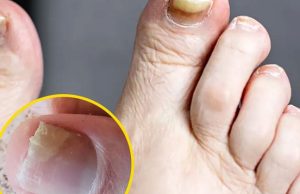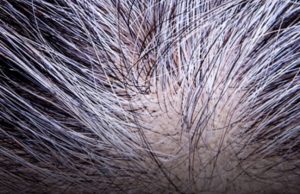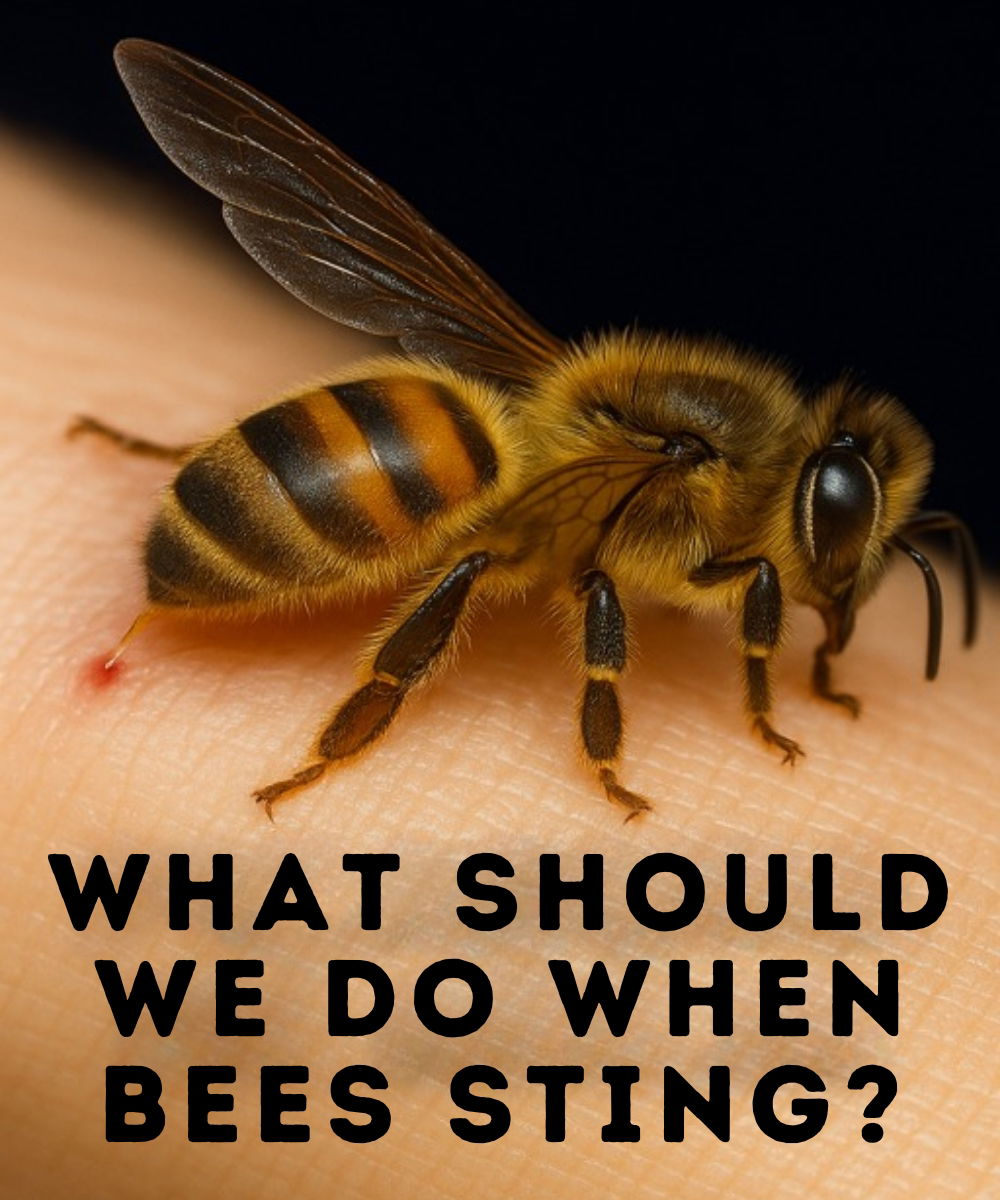
A pleasant walk outdoors can quickly turn unpleasant when you’re suddenly stung by a bee, wasp, or hornet.
Whether you’re gardening, at the beach, or exercising in the park, these painful encounters can be both irritating and dangerous. That’s why knowing how to respond immediately is so important.
In this guide, you’ll learn exactly what steps to take if you get stung, how to identify the insect responsible, and which natural remedies can provide fast relief, without costly medications.
And if you have a history of allergic reactions, being prepared could even save your life or prevent a trip to the emergency room.
Identifying the Insect: Bee, Wasp, or Hornet?
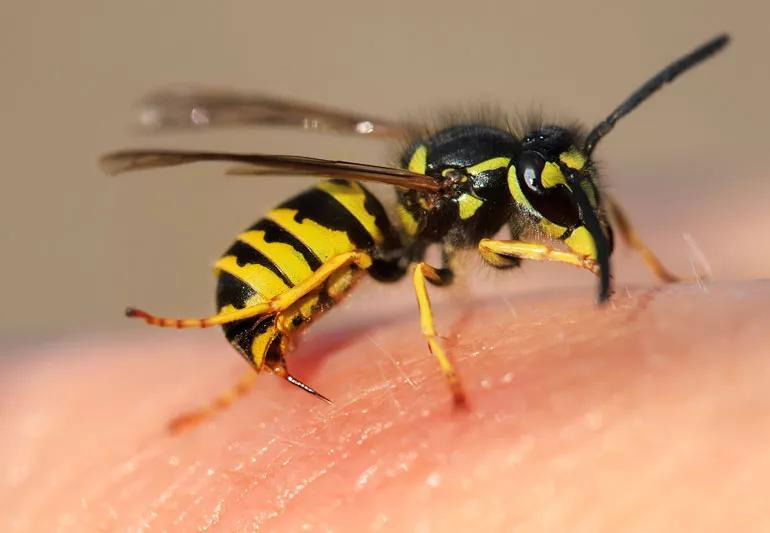
Understanding which insect stung you can help you respond more effectively:
Bees
- Sting only once and leave the stinger behind.
- Their venom is acidic.
- Generally calm unless provoked.
- Stings may cause swelling but tend to be less painful.
Wasps
- Can sting multiple times.
- Their venom is alkaline.
- More aggressive, especially if you’re near their nest.
- Their sting is sharp and quite painful.
Hornets
- Larger and more dangerous.
- Their venom is more toxic.
- Can sting repeatedly.
- Stings are extremely painful and hazardous for allergy sufferers.
What to Do Right After a Sting
Quick action is essential, no matter where you are—in the U.S., Mexico, Colombia, or anywhere else.
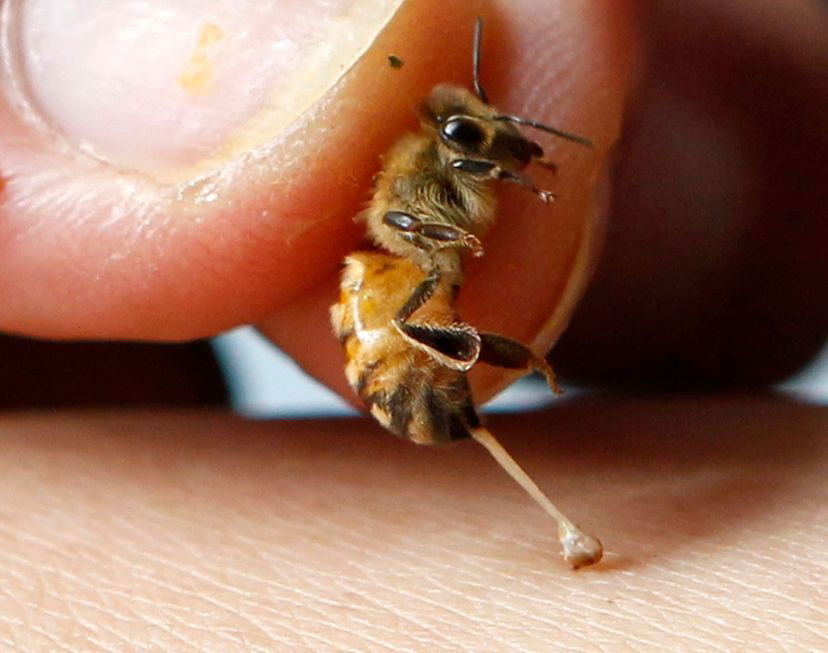
1. Remove the Stinger (Only if stung by a bee)
Use something flat, like a credit card, to gently scrape the stinger out. Avoid tweezers or fingers as they might squeeze more venom into your skin.
2. Clean the Area Thoroughly
Wash with mild soap and warm water. This helps prevent infection and can reduce itchiness.
3. Apply a Cold Compress
Wrap ice in a cloth and apply for 10–15 minutes. This will help with pain, swelling, and the burning sensation.
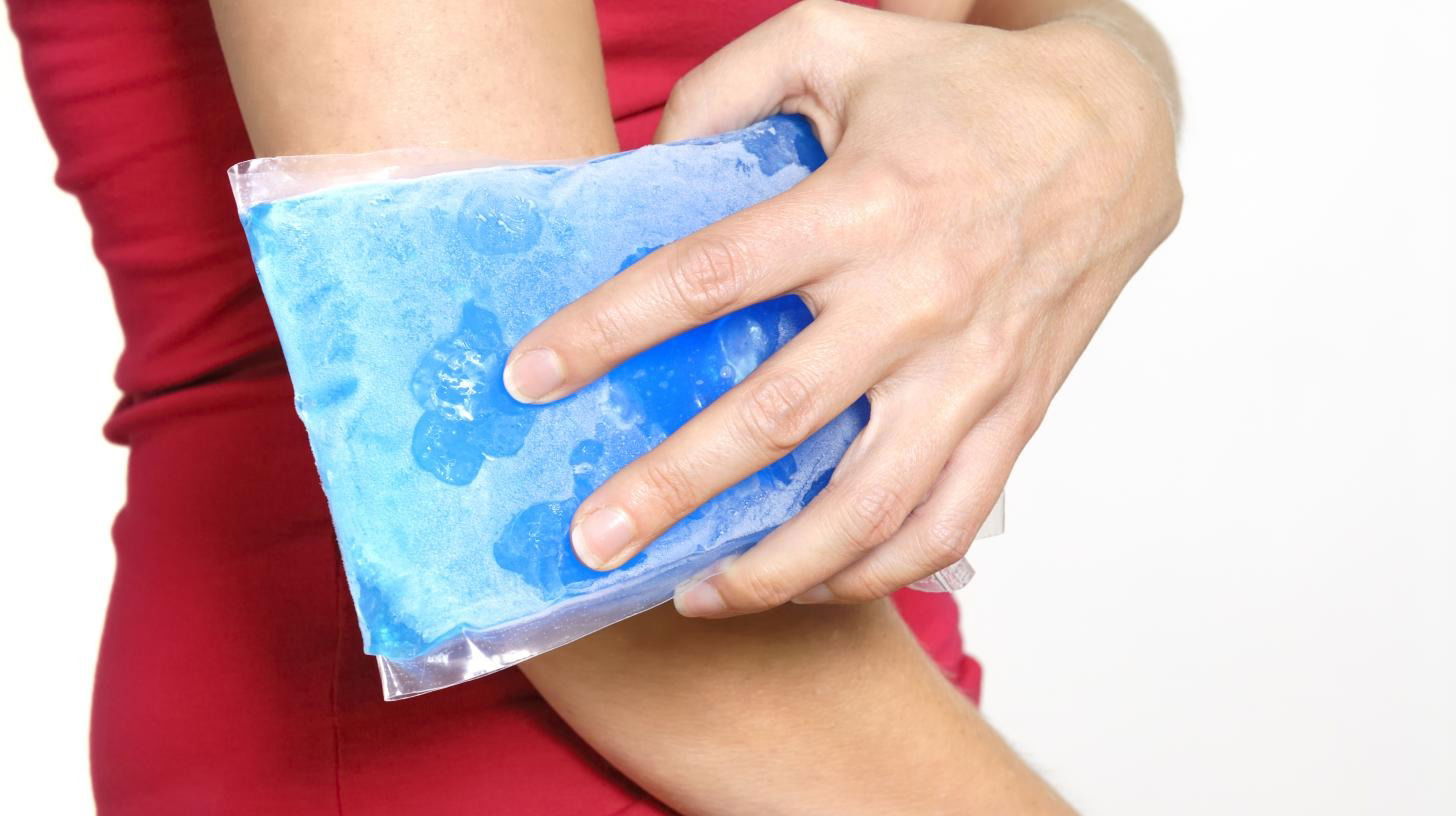
Natural Remedies That Actually Work
These simple and affordable treatments are perfect whether you’re at home or traveling:
Honey
- Has antibacterial and healing properties.
- Apply a thin layer to the sting and cover with clean gauze.
Baking Soda
- Mix with a little water to make a paste.
- Great for bee stings as it neutralizes the acidity.
Apple Cider Vinegar
- Works well for wasp and hornet stings, whose venom is alkaline.
- Helps restore your skin’s natural pH.
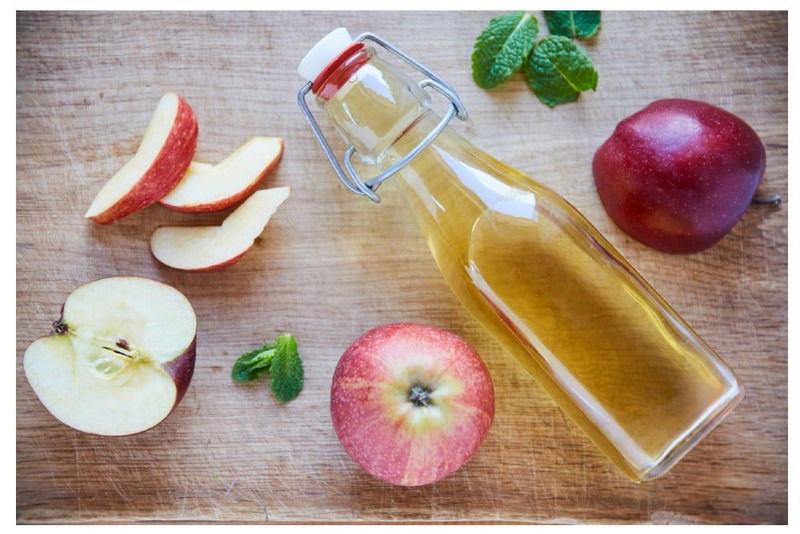
Aloe Vera
- Naturally soothing and anti-inflammatory.
- Apply directly to the sting multiple times a day.
Onion or Garlic Slices
- Help disinfect and reduce inflammation.
- Useful when nothing else is available.
When to Seek Medical Help
While many stings resolve on their own, watch for warning signs of a severe allergic reaction (anaphylaxis), which requires urgent care:
- Trouble breathing
- Swelling of the lips, tongue, or face
- Hives or a widespread rash
- Dizziness or fainting
If you notice any of these symptoms, call emergency services (911 in the U.S. or local authorities elsewhere).

Prevent Future Stings
Wear long sleeves and light-colored clothing outdoors.
Avoid floral or sugary perfumes.
Don’t go barefoot on grass.
Keep drinks sealed when outside.
Set up natural insect traps if stings are common in your area.
Final Thoughts
If you’re ever stung by a bee, wasp, or hornet, don’t panic. Stay calm, follow the right steps, and use the natural remedies mentioned to feel better quickly.
Knowing how to handle insect stings can mean the difference between mild discomfort and a medical emergency.
Keep this information handy, and share it with friends or family, especially those who enjoy nature or live in rural areas.


